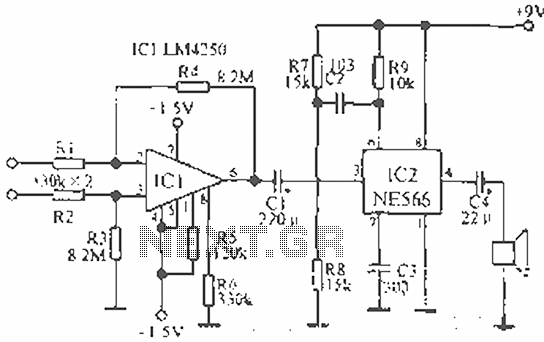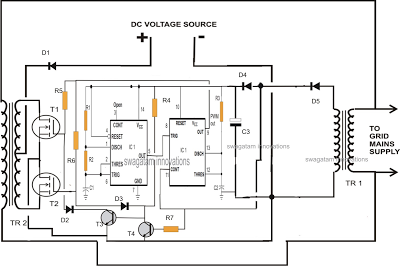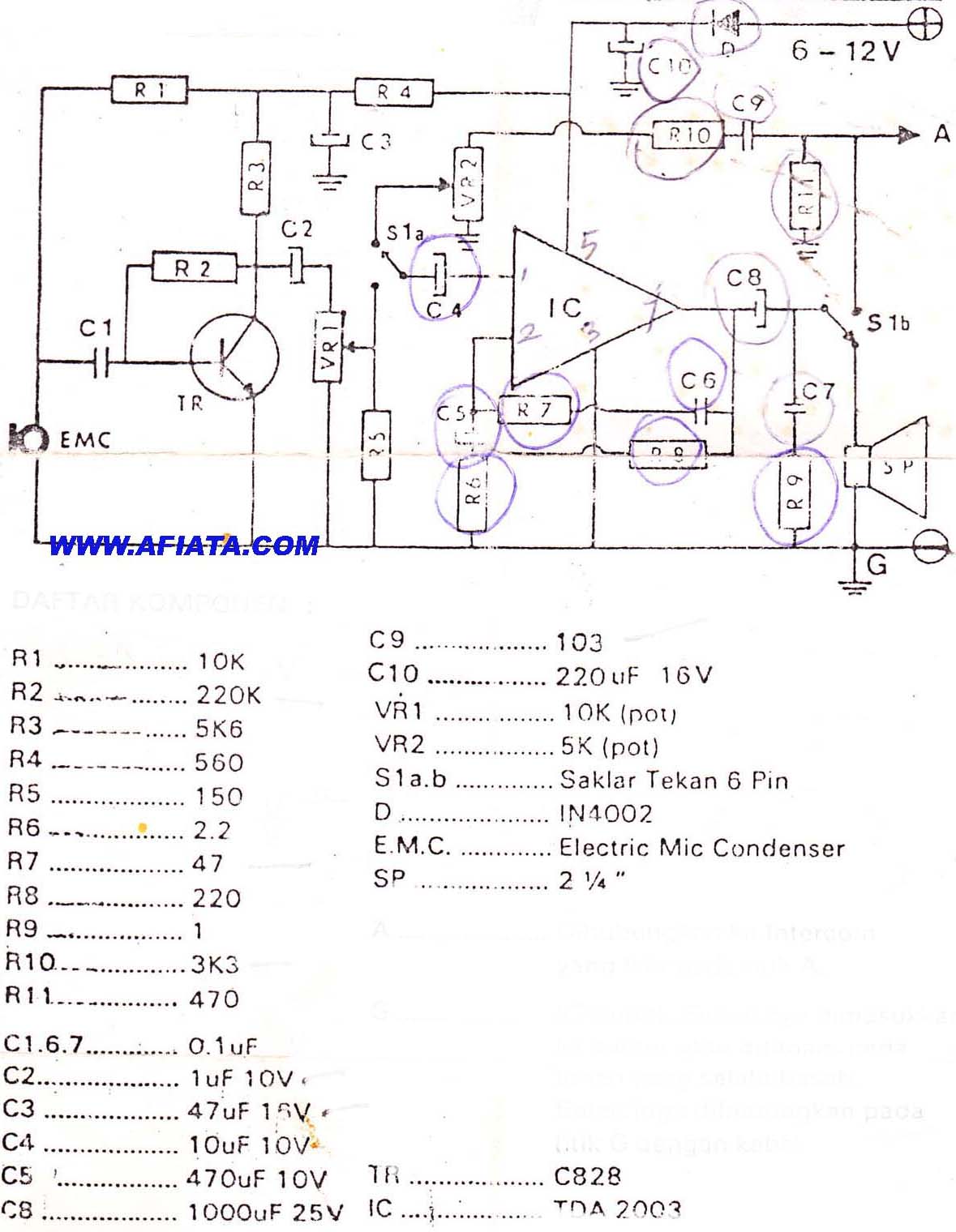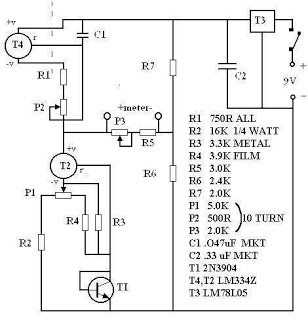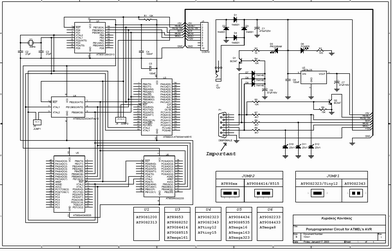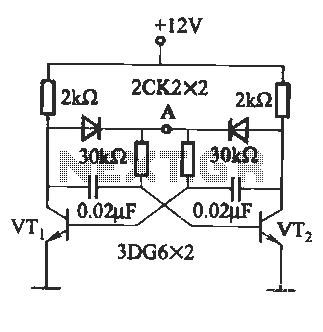
Synchronous controller circuit diagram of a recording transcript
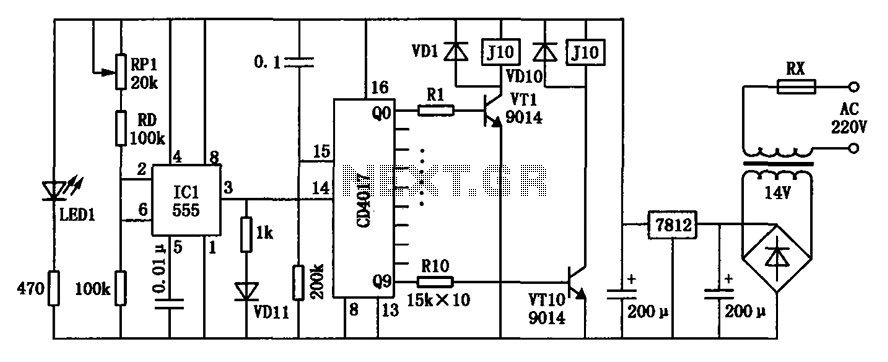
Modern exhibitions utilize extensive sound, light, and electrical technologies for advertising, promotion, and propaganda. This involves various electrical diagrams and control models. Commonly used is an automatic program circuit with pre-recorded commentary, which requires synchronization of two mating times. A synchronous controller circuit is shown for the recording transcript.
The described system integrates multiple technologies to enhance the effectiveness of modern exhibitions. The automatic program circuit is designed to play pre-recorded audio commentary in conjunction with visual displays, creating an immersive experience for the audience. This circuit typically involves a microcontroller or programmable logic device (PLD) that manages the playback of audio files stored in a digital format.
The synchronization of two mating times is critical for ensuring that the audio commentary aligns perfectly with the visual elements of the exhibition. This can be achieved through a synchronous controller circuit, which may utilize a combination of timers, counters, and control logic to coordinate the timing of audio playback with other events in the exhibition.
The electrical diagrams for this system would include representations of the power supply, signal flow, and control logic. Key components may include audio amplifiers, speakers, and light control circuits, which are all integrated to work in unison. The use of light and sound in a synchronized manner not only captures attention but also reinforces the message being conveyed through the exhibition.
In summary, the modern exhibition circuit design incorporates advanced technologies and precise timing mechanisms to deliver a cohesive and engaging experience, making use of both electrical engineering principles and creative design to achieve its objectives.Activities Modern exhibition, advertising, promotion and propaganda extensive use of sound, light, electricity technology, a number of electrical diagrams, control model, commo nly used automatic program circuit with pre-recorded commentary, then asked the two mating time required to achieve synchronization. Shown for the recording transcript synchronous controller circuit.
The described system integrates multiple technologies to enhance the effectiveness of modern exhibitions. The automatic program circuit is designed to play pre-recorded audio commentary in conjunction with visual displays, creating an immersive experience for the audience. This circuit typically involves a microcontroller or programmable logic device (PLD) that manages the playback of audio files stored in a digital format.
The synchronization of two mating times is critical for ensuring that the audio commentary aligns perfectly with the visual elements of the exhibition. This can be achieved through a synchronous controller circuit, which may utilize a combination of timers, counters, and control logic to coordinate the timing of audio playback with other events in the exhibition.
The electrical diagrams for this system would include representations of the power supply, signal flow, and control logic. Key components may include audio amplifiers, speakers, and light control circuits, which are all integrated to work in unison. The use of light and sound in a synchronized manner not only captures attention but also reinforces the message being conveyed through the exhibition.
In summary, the modern exhibition circuit design incorporates advanced technologies and precise timing mechanisms to deliver a cohesive and engaging experience, making use of both electrical engineering principles and creative design to achieve its objectives.Activities Modern exhibition, advertising, promotion and propaganda extensive use of sound, light, electricity technology, a number of electrical diagrams, control model, commo nly used automatic program circuit with pre-recorded commentary, then asked the two mating time required to achieve synchronization. Shown for the recording transcript synchronous controller circuit.
